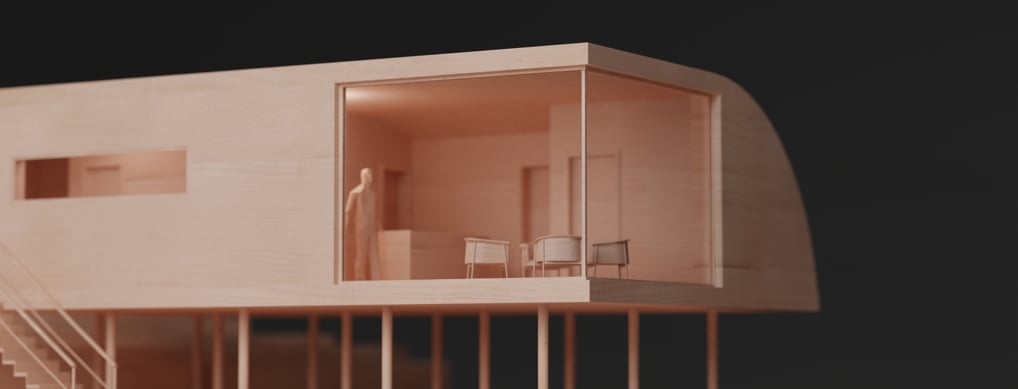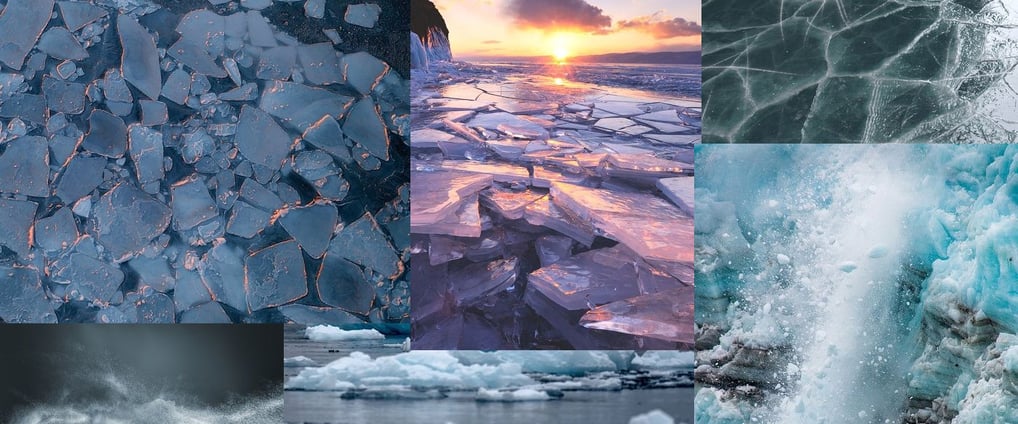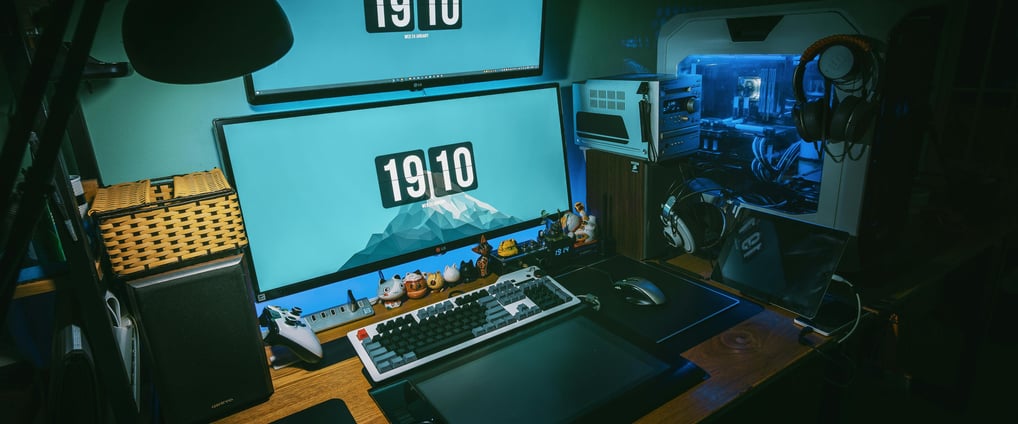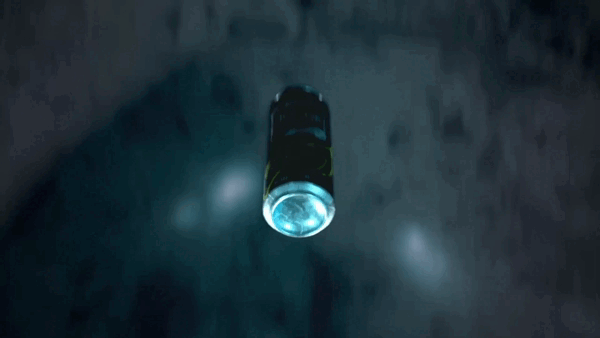THE PROCESS OF BREAKING PHYSICS
Animation is a highly effective way of showcasing a product or a service. By simplifying real-world scenarios, the message becomes more accessible, and the use of various styles can set you apart in a competitive landscape. To achieve optimal outcomes, good planning is crucial. Below we go through a typical project workflow and offer valuable insights on key considerations.


Every project begins with an initial, informal kick-off meeting. The provided brief serves as the foundational pillar for the entire production process. During this phase, we examine the message, the intended audience, the desired level of details, the budgetary considerations, as well as the variety of formats and media platforms where the film will be showcased. We've compiled a set of pertinent questions like what does your brand do and why, who are we trying to influence, what do we want them to feel?...etc. The answers for those questions will be very useful for us to make sure we tell the right story, and use the correct style and tempo.
PHASE 01 | Planning


PHASE 02 | Pre-Production
References and Moodboard:
A moodboard is important to establish and communicate the overall mood, atmosphere, and visual style of the project. It is a collection of images, illustrations, colors, textures, and other visual elements that are carefully selected to convey the intended look and feel of the animation


Both storyboard and animatic are essential tools used to plan and visualize the animation before the actual animation process begins. They serve different purposes and are created at different stages of the production process
A storyboard is a series of hand-drawn or digitally illustrated panels that represent the key frames or scenes of an animation. Those drawings aren’t supposed to be good, they can be very rough sketches just to get the point across.


An animatic is a more advanced version of a storyboard. It is essentially a sequence of storyboard panels or roughly 3D animated frames that have been edited together, often with added temporary sound effects and a rough timing guide.


PHASE 03 | Production
Once the animatic receives approval, we transition to the actual animation phase, which is typically the most time-intensive aspect of the project, where the creative vision and planning come to life. This phase involves the execution of the animation, including 3D modeling, visual effects, material creation, lighting, and rendering.
Ultimately, it is at this stage that the animation takes shape and the project's artistic and storytelling aspirations are realized.


PHASE 04 | Post-Production
The final phase of the process is where all the individual components of the animation come together to form the completed project. During this stage, the focus shifts from creating new content to refining and enhancing what has already been produced. It's all about final tweaks and finalizing the render. We perform color grading and ensure that all the layers we've rendered work harmoniously together in a process called compositing. This elevates the production to the next level with all the fine details.
This is also the phase where voiceovers, music, and sound effects are integrated to enrich the narrative and enhance the overall impact of the animation.


Some might like to include an additional phase of research and development, where we send out a few renders to choose from—or even select all of them—and merge them into a dynamic montage to showcase the product in a highly appealing way.
Storyboard and Animatic
If you have questions, want to discuss a project, or even just say hi, we'll be happy to hear from you!
hello@noisevisuals.com
0047 912 62 842
